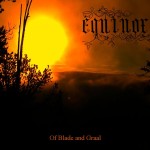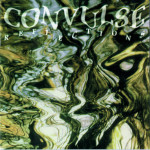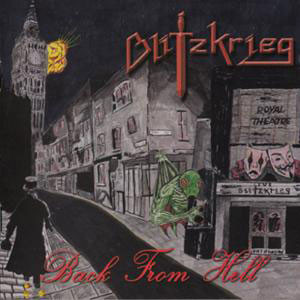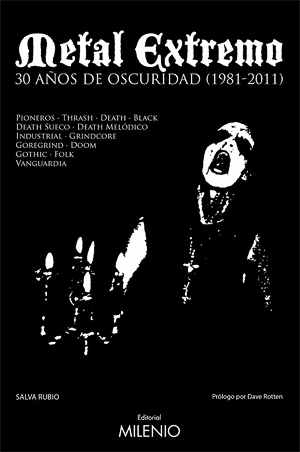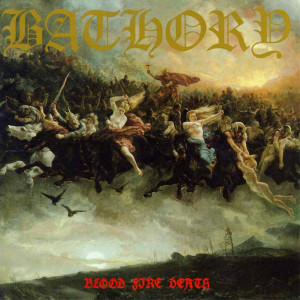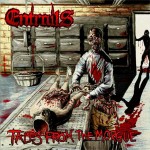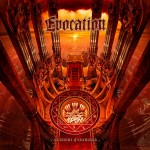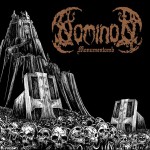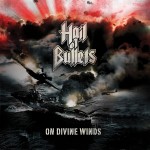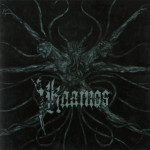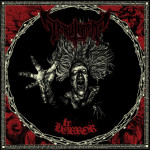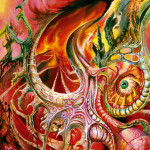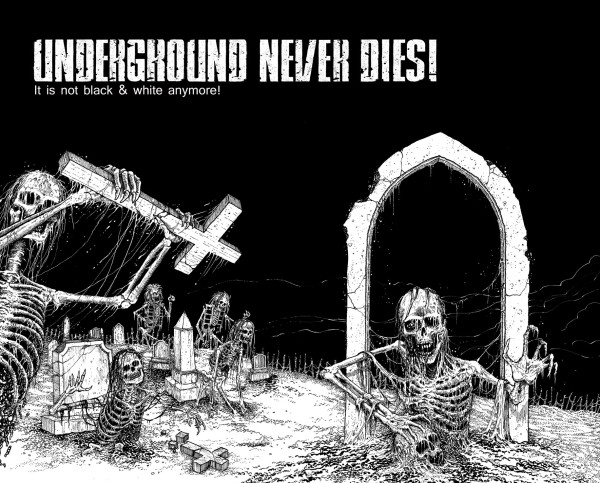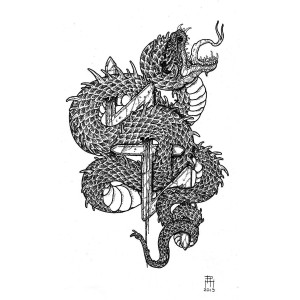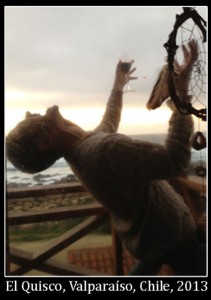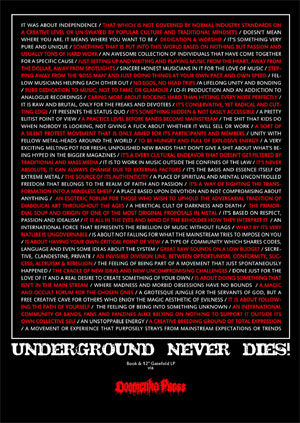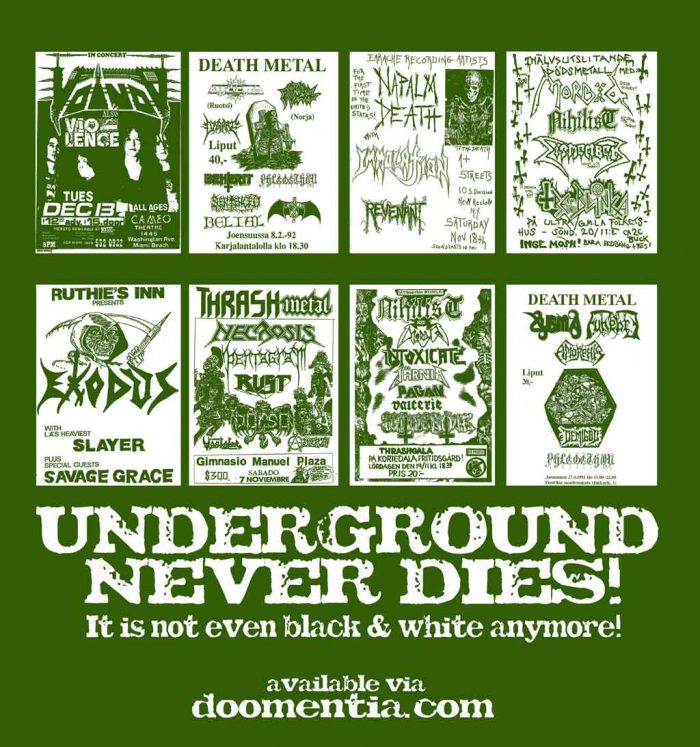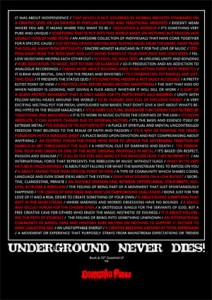What are Sadistic Metal Reviews? These reviews address the music itself, instead of the social impact of assembling a public persona out of bands you claim to like. Since almost all human endeavors are mostly mediocrity, there will be tender self-pity follow by rage. Come for the laughs, stay for the schadenfreude… and occasional quality metal.
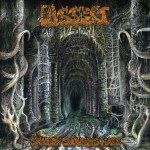 Dissect – Swallow Swouming Mass
Dissect – Swallow Swouming Mass
Another band that leaves an “I guess it’s OK” impression, Dissect is interchangeable early 90s death metal. The deep vocals, downtuned guitars, and atmosphere are all there, but it’s unnecessary in light of other bands doing this style better. Unless you’re curious as to what Gorefest’s Mindloss would sound like if dumbed down into commercial jingles for Benediction fans, it’s best to leave this one alone. Like most bands from the Netherlands, the music is mediocre, but at least the lyrics are unintentionally funny.
 Philip H. Anselmo & the Illegals – Walk Through Exits Only
Philip H. Anselmo & the Illegals – Walk Through Exits Only
This has all the hallmarks of Anselmo. The bird squawking vocals, stupid lyrics, and the music sounds like a hip-hop parody of bluegrass given a RAWK makeover are all there, except taken to the EXTREME with blast beats and tremolo picked riffs. Who’s he fooling with this? It still sounds like Pantera with the addition of randomness. The soundtrack to wearing an Anthrax shirt and skipping bail in a pickup truck while smoking a lot of meth after beating up your wife and step kids while a Steve Wilkos marathon is playing in the background.
 Shitfucker – Suck Cocks in Hell
Shitfucker – Suck Cocks in Hell
This is basically a hardcore band, with some stylings of heavy metal and black metal. Thus, expect sawing droning high-energy riffs, but with the fills of an Americanized NWOBHM band and occasional black metal vocals or melodic sweep-riffs in the Gorgoroth/Emperor style. However, for the most part this is a middle period hardcore band, sounding like a more spacious version of the Dayglo Abortions. It’s not bad but not compelling.
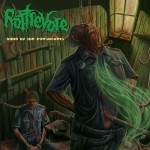 Rottrevore – Hung by the Eyesockets
Rottrevore – Hung by the Eyesockets
Some bands just shouldn’t reform, especially third rate death metal bands from the 90s. Rottrevore return, playing their Harmony Corruption with Craig Pillard vocals form of death metal, but has regressed to a point where there’s no consistency in these songs which randomly showcase “old school” cliches. The typical 90s death metal of these riffs are a placeholder for a “mosh” or “breakdown” part which suggests this band may have been influenced by Pantera and/or metalcore during their time off. Still, about the only thing this band has done that’s of any note is having a member temporarily join Incantation in the mid 90s.
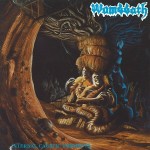 Wombbath – Internal Caustic Torments
Wombbath – Internal Caustic Torments
This band creates old school death metal with the vocal rhythms and tempo changes of Hypocrisy, but the storming intensity of an American death metal band like Massacre hybridized with the more percussive riffing of the second album from Suffocation. It is too good to remain a local band; however, there’s a reason (besides the goofy name) why this band never rose above the level of second-tier with bands like Utumno, Uncanny and Obscurity. It is highly rhythmic but repetitive both in riff use and song structure without much melodic development, which makes the experience of listening to it about like listening to a wall. There is a verse/chorus loop which is broken up with riffs for texture, and some melodic lead riffing which bounces over the thundering chords, but beyond that the story doesn’t develop much. Some of the later songs show a greater appetite for adventure, but there’s too much of a reek of wanting to be like Entombed with the more basic and thunderous attack of Obscurity, which removed a lot of what made Swedish death metal exciting in the first place which was its use of melody and dynamics. I don’t mind listening to this, but I’m unlikely to pick it up except as a curio of the past.
This EP begins with a Graveland-cum-neofolk style chanted introduction over acoustic guitar and then launches into three tracks of savage black metal. This band shows a lot of promise, but has two major beginner’s thwarts standing in its way: first, it is unclear on what style it wants to be, ranging between Iron Maiden heavy metal and Graveland black metal and back again with some stoner doom and Danzigish riffs; second, it doesn’t complete songs. These aren’t journeys from A->B, but journeys from A-> to a conceptual space where we think about the many possibilities that might be B. As a result, much like on a GBK record, the listener gets the feeling of something started but losing momentum in indecision. The good with Equinox is that these riffs tend to be very creative and fairly technical in a way you don’t normally hear, which is that they have complexity of phrase and within that, of rhythm, more like a jazz band or a solo. Like many black metal albums, these three tracks cluster themes which are revisited across song boundaries, creating a sense of being caught in one longer song. The lack of landmarks and destinations confuses it however, as does the jumble of styles, including one riff lifted from the first COC album. However, this demo shows a great deal of promise and as the band contemplates it over time, may be the inception of greater things to follow.
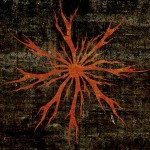 Hate Storm Annihilation – Storm of Flames
Hate Storm Annihilation – Storm of Flames
Despite the rather war-metalish name, HSA is middle period death metal; think late 1990s Sinister crossed with Malevolent Creation from the same period. Good riff diversity and variety, and song structure that holds together while allowing an interplay between elements to emerge, distinguish this approach from the soulless one-dimensionality to follow. Stylistically, there is not much new here, but these guys have their own voice in the content of the song, which is a somewhat pensive approach like early Darkthrone or Infester with a bit more intensity thrown in out of verge. While this is only one song, and the band has a horrible low-IQ name, here’s hoping they’ll produce more in the future.
Sub-par Polish chug death metal that reduces the NYDM style into being bouncy mosh fodder. The death/grind that Unique Leader would later popularize in the 2000s through Deprecated and Disgorge is found here sandwiched between Deicide style rhythms going into Massacre styled bouncy riffs. It’s like an over-produced and over-long death metal demo from 1994 which sounds like an aesthetically upgraded version of what bands like Benediction and Cancer were producing around this time. So, more vacuous “middle of the road” death metal that accomplishes nothing beyond being vacuous “brutal mosh metal” and as such, unnecessary beyond a one time use as background music.
Convulse release an album that is arguably their most well-written, but it’s also aesthetically maladjusted and void of artistic merit. Leaving their Bolt Thrower meets Benediction rudimentary “mosh” death metal behind for the death n’ roll trend of Entombed and Xysma, Convulse make a fully functional rock album with great instrumentation and performances. The problem is the gimmickry. A whimsically folky intro does a poor job setting the stage for the album proper, which is a more sufficiently mainstream version of the Xysma and Amorphis albums from this period. Extreme vocals, drums, and happy jazzy riffs are tremolo picked and blasted through giving this the feeling of death metal musicians parodying radio music more than anything. Bluesy and psychedelic as well, it seems like Convulse’s talent for stealing their country mates ideas has culminated in an album that simultaneously does everything their peers strove for better but coming off more poor in making things work cohesively as a listening experience, revealing this to be more of a “quirky” sham born from a conformist outlook than anything honest.
Early “death industrial” band Dead World uses the Streetcleaner formula for aesthetics but is closer to monotonic and mechanical industrial music in their compositions than anything that could be called metal. Lyrics and the “broodingly moody” manner in which they’re delivered reflect the mentality that Nine Inch Nails and Marilyn Manson would use when making pop-industrial themed Xanax accompaniments. The band does a good job of making the downtuned guitars, vocals, and drums work together into making a “hostile” soundscape, but it’s really monotonous stomping rhythms are only interrupted by discordant bridges that don’t build on any of the preceding and the music doesn’t unfold through layers of guitar tracks, making this a bite-sized version of the Godflesh style that is more in line with what mainstream industrial rock bands were shipping out at this time. Very obvious “misanthropic” heavy rock music that doesn’t offer anything over its clone target.
Daniel Rodriguez, Jon Wild, Max Bloodworth and Cory Van Der Pol contributed to this report.
17 CommentsTags: benediction, Black Metal, convulse, dead world, death metal, dissect, equinox, hate storm annhiliation, monastyr, phil anselmo, rottrevore, sadistic metal reviews, shitfucker, wombbath

